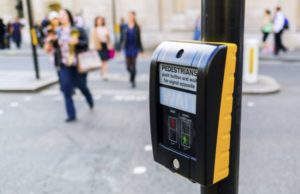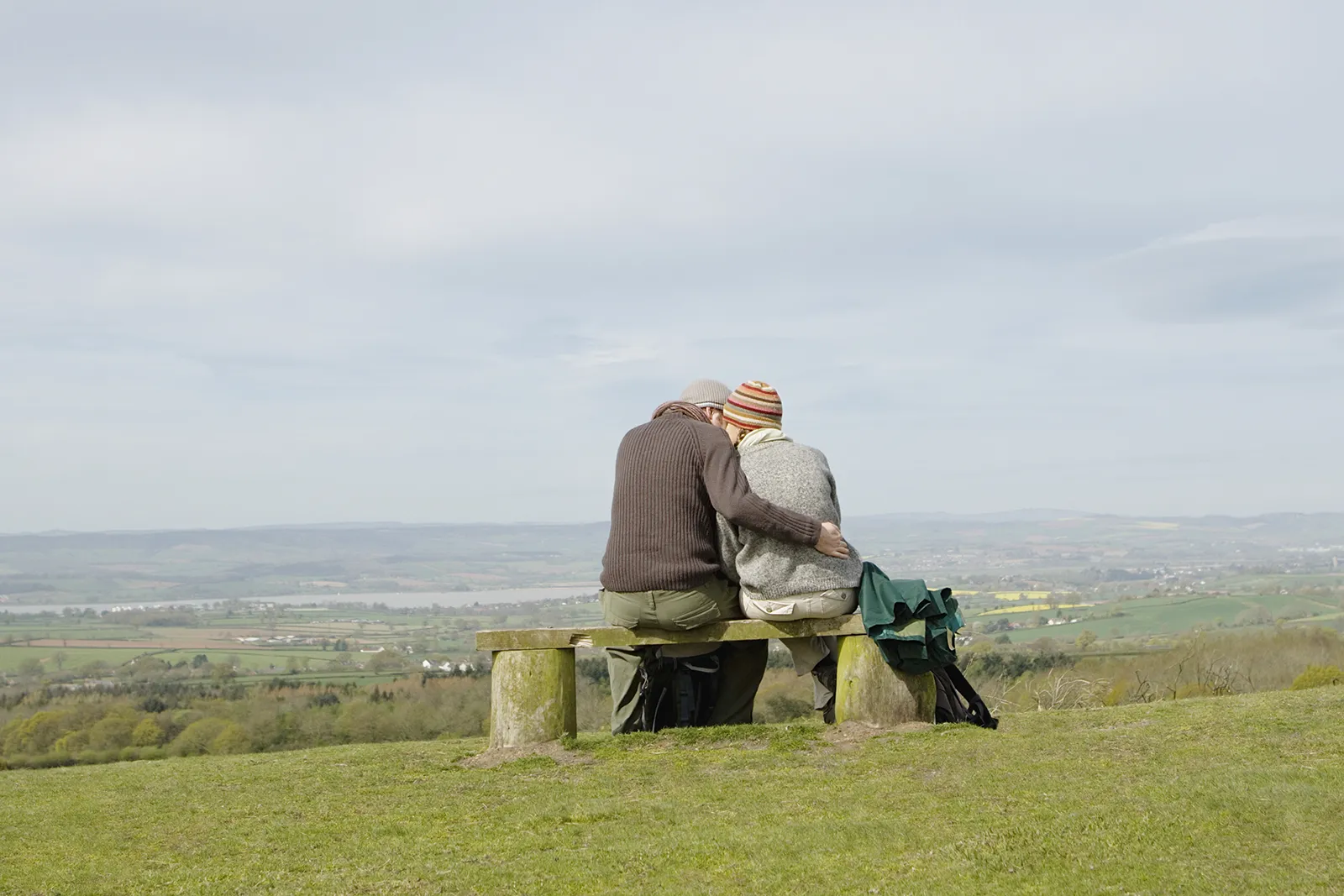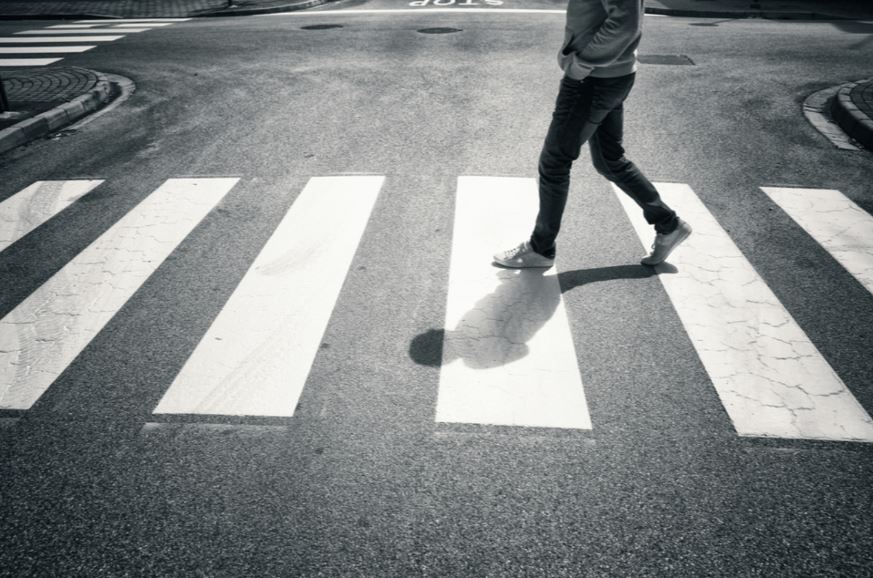It can be tempting to think that pedestrian crossings provide more protection than they actually do. They allow safe passage across even the busiest of roads, yet there is nothing physical holding the traffic back.
Instead, the power of the pedestrian crossings comes from road users – from drivers and pedestrians, obeying the rules and taking reasonable care. If these things fail, possibly through another road user’s negligence, the sense of security we feel when using a pedestrian crossing can suddenly become part of the danger.
In the case of Goddard and Walker v Greenwood [2002] EWCA Civ 1590, two pedestrians suffered personal injuries when a car hit them on a pedestrian crossing. They claimed compensation for their injuries, alleging that the car driver had been negligent. However, the circumstances of the accident made establishing responsibility a key issue in the case.
The facts of the case
Ms Goddard and Ms Walker were jogging along the pavement of a busy A-road at around 9.30 in the morning. They reached a junction, which incorporated a pedestrian crossing, and waited to cross the road. The junction was controlled by traffic lights, and featured the usual red and green man signals for pedestrians. However, neither Ms Goddard nor Ms Walker pressed the button to activate the pedestrian signals.
The side of the road nearest to Ms Goddard and Ms Walker was split into three lanes, beyond which was a central reservation. A lorry was waiting at the junction in the nearside lane.
Ms Goddard and Ms Walker began to jog across the road towards the central reservation. The lorry sounded its horn but they did not stop. As they went past the front of the lorry, a car driven by Mr Greenwood entered the junction in the middle lane and collided with them. Ms Walker was hit by the front of Mr Greenwood’s car and Ms Goddard ran into the side of it.
Ms Goddard and Ms Walker both brought claims against Mr Greenwood for their injuries.
The first instance court hearing
The trial judge heard evidence from the claimants and defendant on the circumstances of the accident:
- Ms Goddard and Ms Walker alleged that the lights for the traffic nearest to them had still been on red when they started to make their way across the road. They had ignored the warning from the lorry driver because, in the words of the judge, “they get lots of hoots and they did not realise this was a warning hoot.”
- Mr Greenwood stated in his evidence that he was driving his car towards the junction in the nearside lane and had seen the lorry stationary at the junction in front of him. As he neared the lorry, he said he had reduced his speed to around 25mph and manoeuvred into the middle lane. He had heard the lorry sound its horn as he had come alongside it and then, looking to his left, had seen the claimants crossing the road. He stated he had stopped as quickly as he could but had been unable to avoid the collision.
The judge did not accept the claimants’ submission that the lights towards Mr Greenwood had still been on red at the time they started to cross. He found that they had been crossing the road when the lights were against them, something which he described as “extremely careless”. The judge also held that, even though the lorry had waited for the claimants, they should have stopped when they reached the edge of the lorry to make sure it was safe to continue crossing, had they done so, they would have seen it wasn’t safe due to Mr Greenwood’s approaching car.
Regarding Mr Greenwood, the judge ruled that his conduct had not been negligent. The judge was not convinced by arguments that Mr Greenwood should have “slowed right down virtually to a stop” when approaching the crossing. Accordingly, it was held that Mr Greenwood was not legally responsible for the claimants’ injuries.
Ms Goddard and Ms Walker appealed the decision.
The Court of Appeal’s decision
The Court of Appeal took a different view on Mr Greenwood’s conduct. They said that “the fact that the lights [facing him] had by that time turned to green does not mean […] that he was absolved from using reasonable care in proceeding across the pedestrian crossing”.
The court believed that several aspects pointed to a lack of reasonable care. Mr Greenwood’s view of the crossing was obscured as he approached. With the lorry stood in the nearside lane, he could not see the claimants crossing or even their side of the pavement – meaning that he had no idea if any pedestrians were there or not. Furthermore, the lorry had remained stationary after the lights changed; a fact which the court held should have alerted Mr Greenwood to the danger. Given these circumstances, the court held that a reasonably careful driver would have anticipated the chance of pedestrians crossing and been prepared to stop should any suddenly emerge.
However, the court also found that Ms Goddard and Ms Walker’s conduct had played a large part in their injuries. In crossing when the lights were against them, and without making sure all lanes of the road were safe to cross, it was held that they had not taken reasonable care of their own safety. Their ‘contributory negligence’ was assessed at 80%. This means that they were essentially considered to be 80% responsible for their own injuries. In practical terms, it meant the claimants would only receive 20% of any compensation figures awarded to them.
Final thoughts
For any pedestrian who might be unfortunately injured in similar circumstances, this case might give a bleak impression, especially given the high proportion of contributory negligence which the court attributed to the claimants – although it should be emphasised that it is very rare for a pedestrian’s contributory negligence to be assessed so highly.
The case makes clear, however, that even when traffic lights at a junction are in favour of a driver it does not remove their legal obligation to exercise reasonable care and skill.
A crucial factor in the case was that both sides had their views restricted at the crossing. How road users react to such difficulties is often key to assessing whether they have acted in a reasonably safe and careful manner, and in this case, the driver and pedestrians were considered to have fallen short of the required standards. A pedestrian crossing may represent the safest place to cross the road, but the duty to look after your own safety, as well as the safety of other road users, still remains.
Further Reading
From one of the UK’s most read legal blogs.






